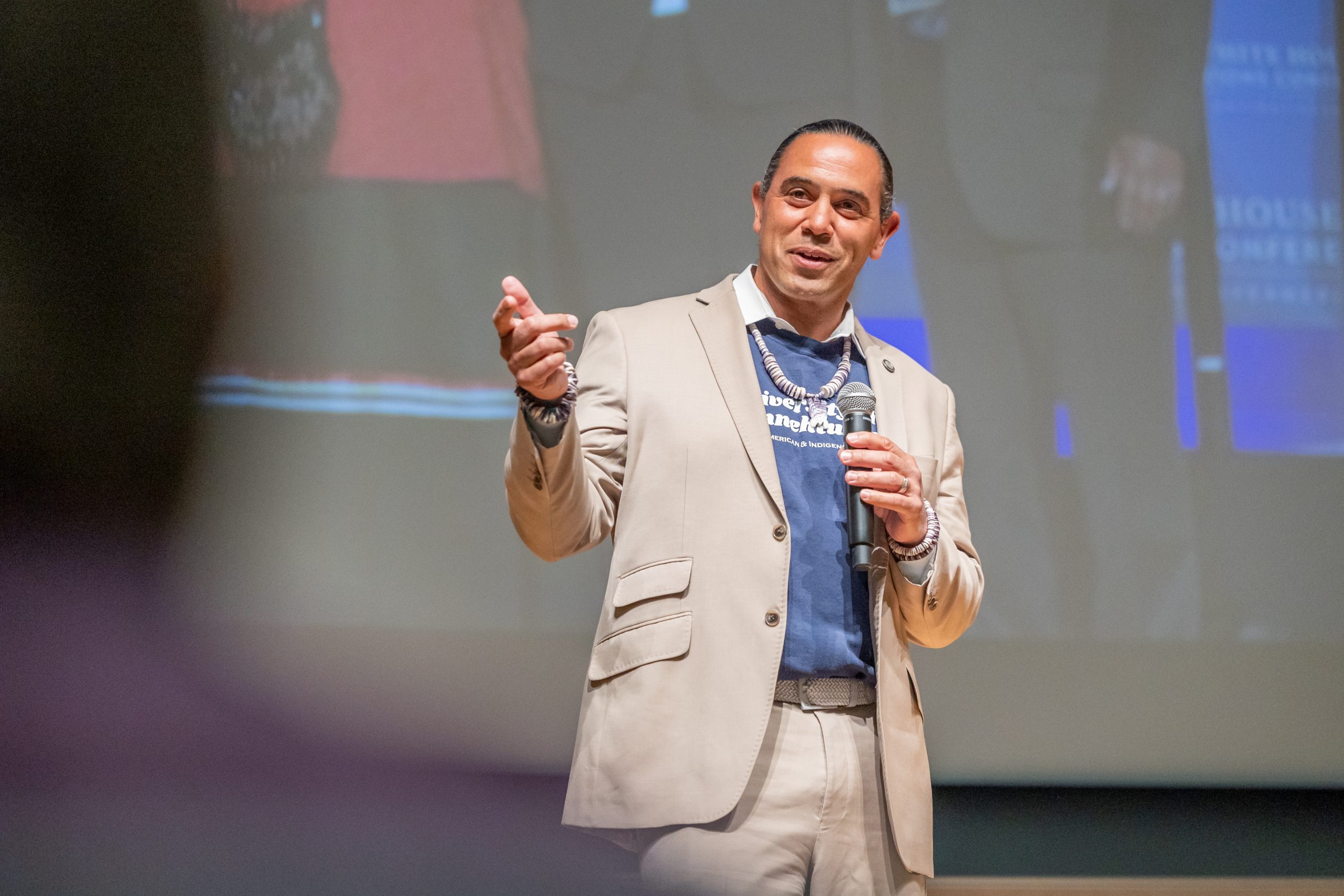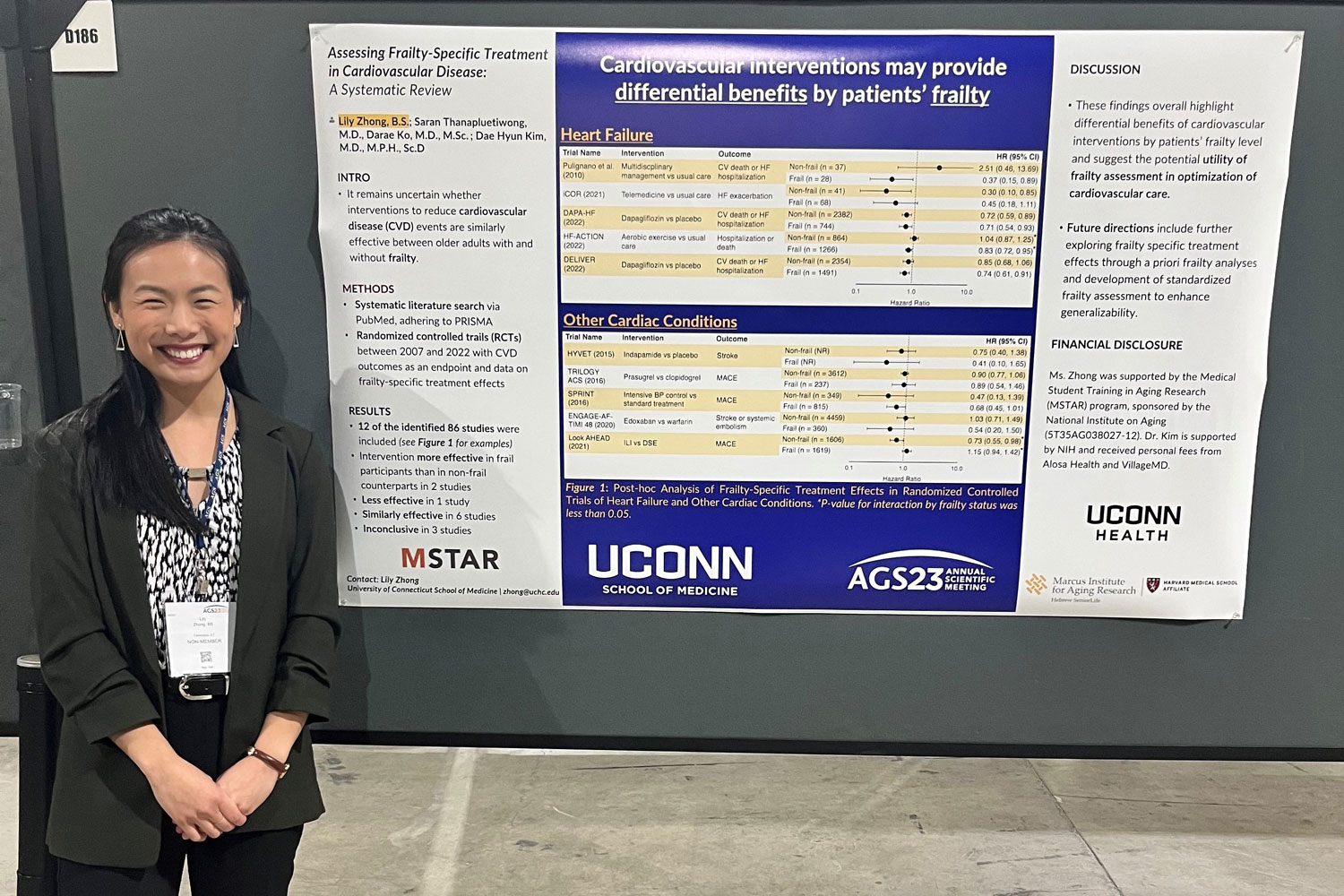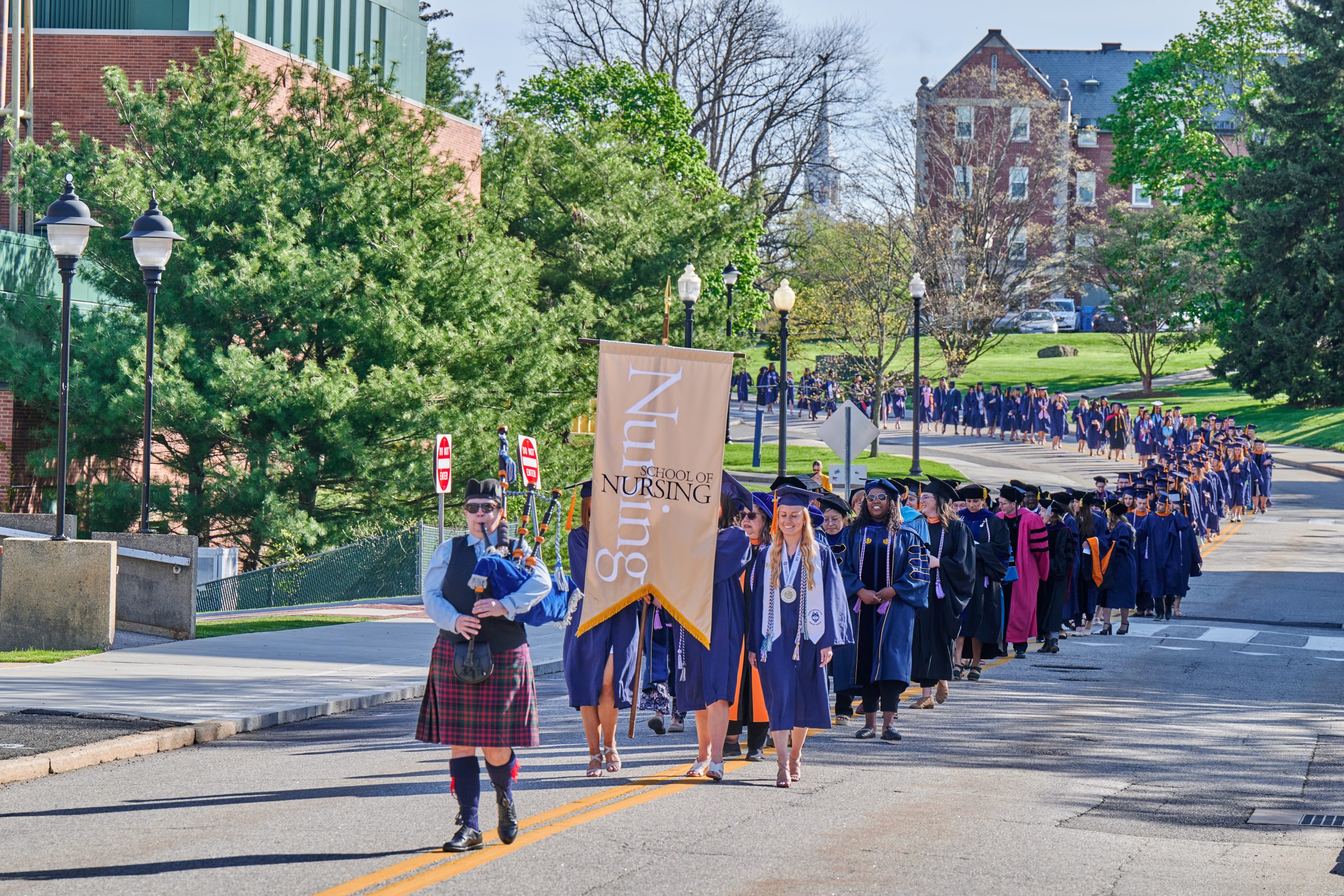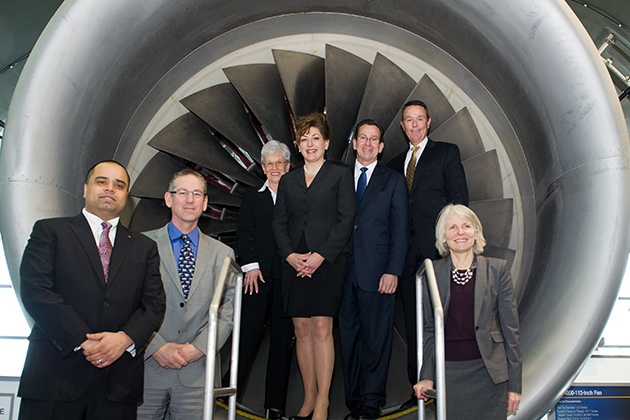
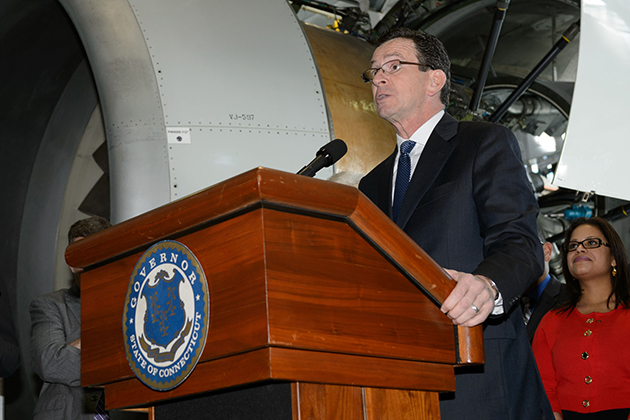
The University of Connecticut and the State of Connecticut have unveiled a groundbreaking proposal to propel UConn to the forefront of high-tech research and academics while significantly enhancing the state’s economic development efforts for decades to come.
Connecticut Gov. Dannel P. Malloy, UConn President Susan Herbst, and other officials gathered Thursday to introduce Next Generation Connecticut (#NextGenCT), a plan to greatly expand educational opportunities, research, and innovation in the science, technology, engineering, and math (STEM) disciplines at UConn. It includes expanding enrollment and faculty, renovating and adding appropriate facilities, and supporting academic missions at the Greater Hartford and Stamford campuses.
The investments would represent one of the most ambitious programs launched at a public research university in recent years, and include the establishment of the first honors program nationwide specifically for high-achieving STEM students. The benefits would be felt throughout the state and region in the form of new jobs, research innovations, and companies.
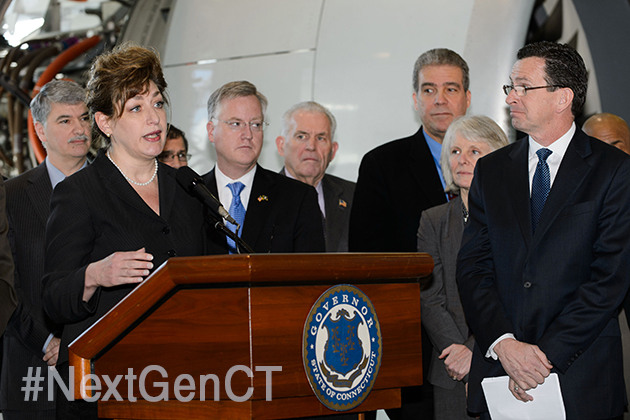
“This will create and support the very jobs we need to be an economically vibrant and successful state in the future,” Herbst says. “In this era, more than ever, states must rely on their public research universities to be the backbone and the driver of economic success – and that is exactly what this proposal would accomplish.”
Says Malloy, “Connecticut used to lead the world when it came to innovation – we had more patents, more groundbreaking discoveries than anywhere else in the world. Somewhere along the way the world caught up. This is about to change. “By targeting state resources to our flagship university, we ensure that our young people have the skills they need to fill the jobs we are so aggressively pursuing. Make no mistake, we are making Connecticut competitive again.”
Some specifics of the plan include:
- Increasing total enrollment by 6,580 (30 percent). Of those, almost 3,300 would be STEM students, including 70 percent more engineering students. About 5,000 of the students would be enrolled at the Storrs campus, and about 1,500 would attend UConn in Stamford.
- Revolutionizing STEM infrastructure at the Storrs campus by building facilities to house materials science, physics, biology, engineering, cognitive science, genomics studies, labs, and related disciplines. Aging infrastructure would also be updated to accommodate new faculty and students.
- Creating the nation’s premier STEM honors program, including a residential learning community in which those students can share their experiences, innovative ideas, and camaraderie beyond the classrooms and labs in which they will study.
- Relocating the Greater Hartford campus to downtown Hartford, and increasing digital media and risk management degrees at UConn-Stamford, where student housing would also be built.
- Hiring 259 new faculty members in addition to the 290 already in the current faculty hiring plan. Of the 259 additional new faculty hires, 200 would be dedicated specifically to STEM programs. This would be on top of the 175 STEM-specific faculty members already being hired under the previously announced faculty hiring plan.
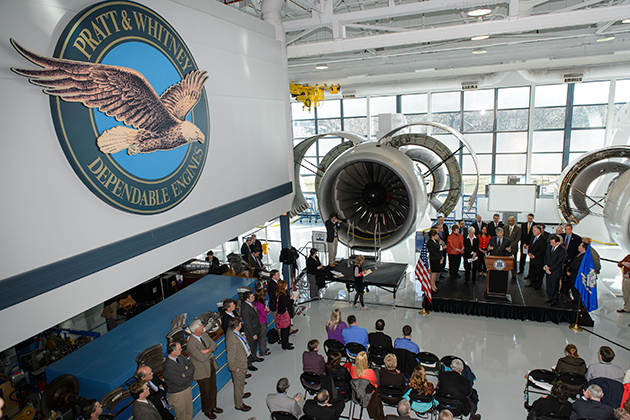
“These new faculty members and facilities will also enable UConn to secure more federal research dollars, which drive discovery, patents, and new businesses,” Herbst says.
Studies say STEM jobs grew three times faster than non-STEM jobs in the past decade, and the unemployment rate in that sector is lower than in other fields. Many existing STEM jobs will soon come open due to the aging of the industry’s current workforce, where one of every five employees is age 55 or older.
The U.S. Bureau of Labor Statistics also says STEM jobs are expected to continue to grow by 17 percent through 2018, as compared to 10 percent in non-STEM jobs. In Connecticut, the state Department of Labor projects the need for 54 percent more biomedical engineers in the future – not including the many other professions into which UConn’s STEM students can enter.
“To make the most of this economic opportunity, Connecticut needs highly skilled, highly qualified men and women to be the STEM workforce of the future – and the University of Connecticut will produce the graduates who will be that workforce,” Herbst says. “They will live here, work here, and help make Connecticut the intellectual and economic success story it must be in the future.”
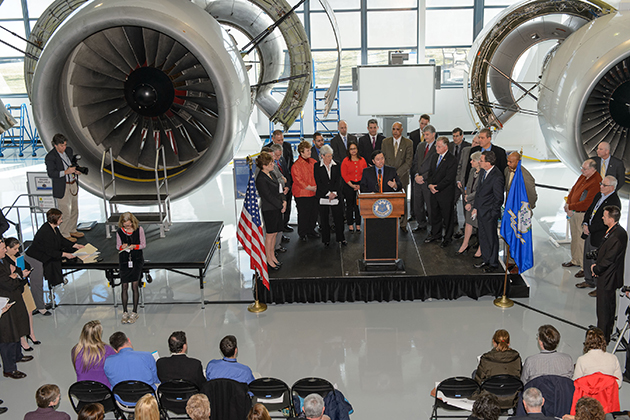
The academic and research goals of Next Generation Connecticut also perfectly complement the University’s initiatives involving Bioscience Connecticut, Jackson Laboratories, and the UConn Technology Park at Storrs, Herbst says.
In addition to bolstering job creation in high-tech STEM fields and driving innovation, Next Generation Connecticut would create 30,000 construction jobs through 2024.
The proposal, which requires General Assembly approval, would involve $1.67 billion from the state in operating and capital investment. UConn would contribute $384 million, which includes $235 million that would be redirected from already-allocated UConn 2000 funds.
UConn 2000, launched in 1995, and 21st Century UConn investments were major contributors to UConn’s rise as a leader in higher education in the Northeast, and tangible evidence that UConn provides a significant return on the state’s investment in its facilities and academics.
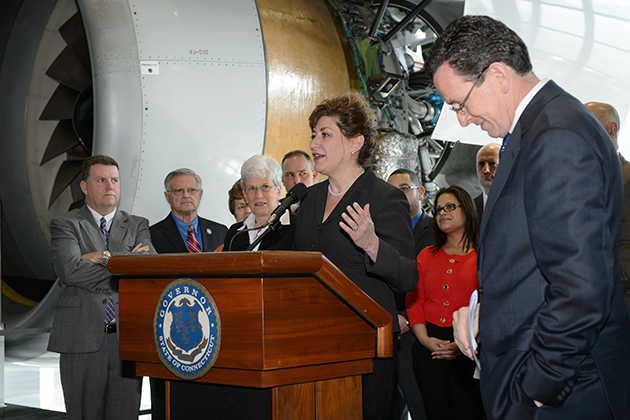
Research awards at UConn have increased by 122 percent since 1996, while the undergraduate population has grown and has become increasingly diverse and academically talented. UConn also has climbed in national rankings from No. 38 to No. 21 among public universities, according to U.S. News & World Report.
Currently, UConn’s 525 STEM faculty each produce an average of $213,000 in new research funding per year, and is conservatively projected to reach at least $300,000 annually due to the talents of new faculty members and the state-of-the-art facilities they will use. About $218 million in annual business activity in Connecticut is attributable to research at UConn, a figure expected to reach $527 million annually by 2024.
Follow the conversation about Next Generation Connecticut in social media using the hashtag #NextGenCT.

